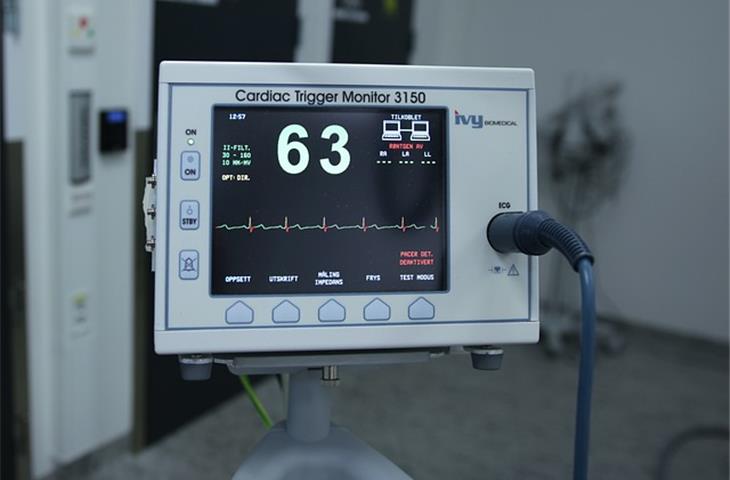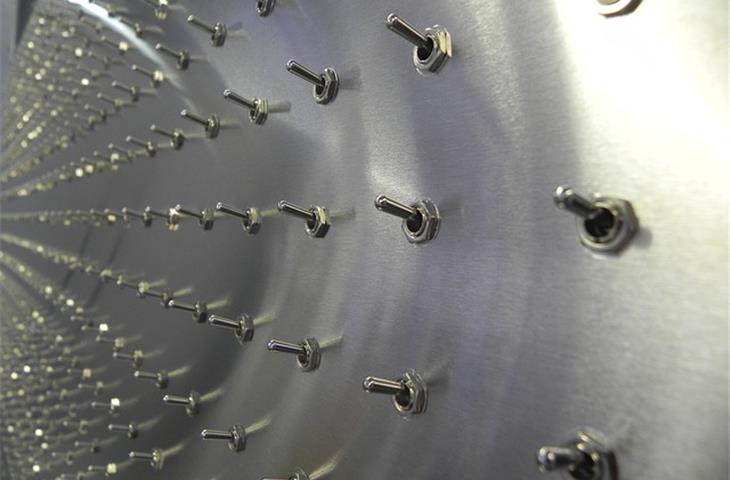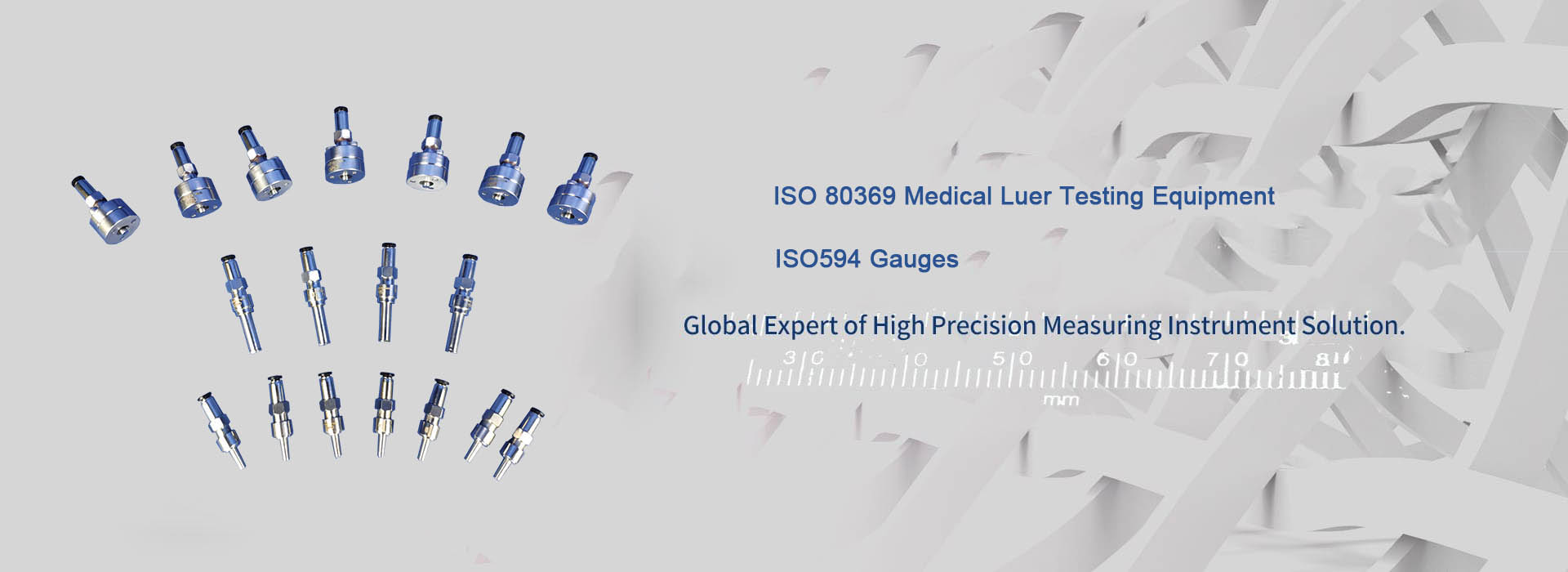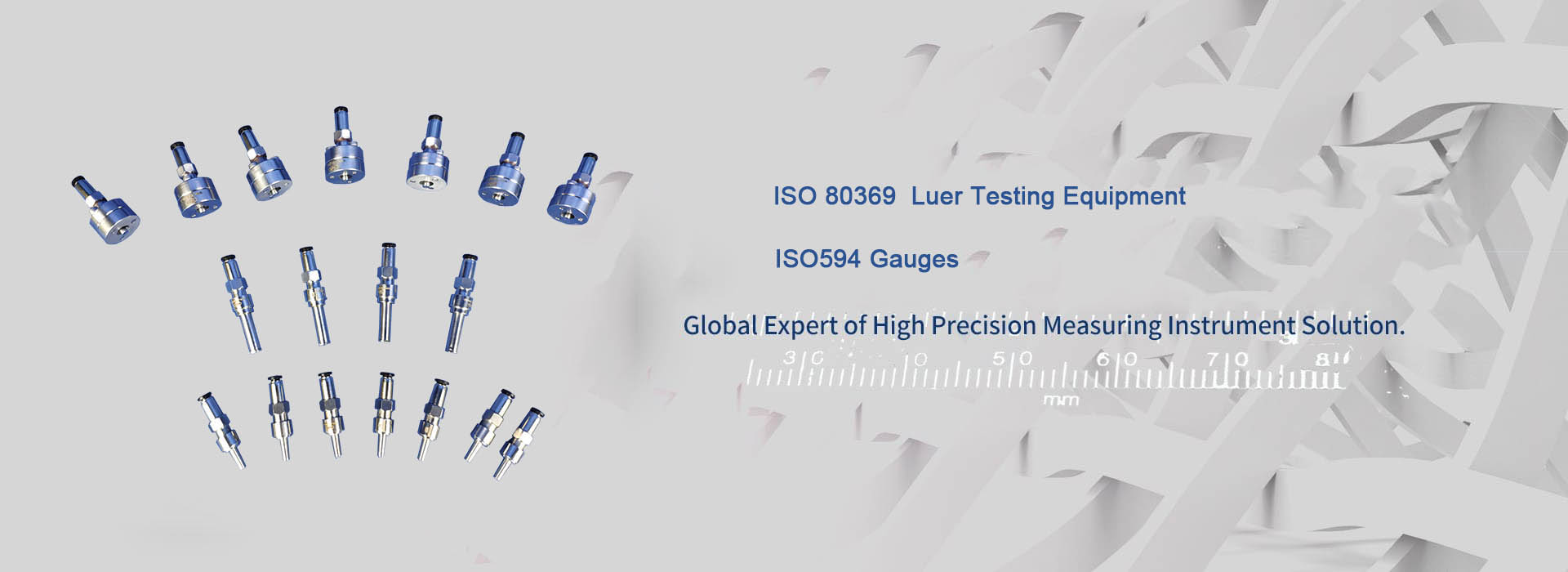What You Need to Know About UL Test Equipment
Underwriters Laboratories (UL) test equipment encompasses a variety of devices designed to facilitate safety assessments and certifications, guaranteeing that electrical goods and systems adhere to the rigorous standards established by this international safety science organization. These tools are indispensable in both the production and quality control phases, aiding companies in maintaining safety, dependability, and adherence to product standards. This article delves into the multifaceted nature of UL testing gear, covering its uses, categories, and fundamental characteristics.
Section 1: Categories of UL Testing Equipment



UL test equipment is an essential component of the production and quality assurance landscape, guaranteeing that goods meet the most stringent safety and compliance benchmarks. By comprehending the different types, applications, and features of these tools, businesses can make informed investments, thereby enhancing their operational efficiency and providing superior-quality products to consumers. Recent studies indicate that the use of advanced testing equipment can lead to a 30% reduction in product failure rates, highlighting the tangible benefits of employing such technology.
- Neutral Electrode Temperature-rise Tester: Ensuring Safety in Electrosurgery
- KINGPO Company Unveils Next-Generation Electrosurgery Analyzer
- KingPo CEO invited to the 83rd International Electrotechnical Commission (IEC) General Assembly
- ISO 80369-7:2016 Connectors with 6% (Luer) taper for intravascular or hypodermic applications What is the ISO 80369-7 standard? What happened to ISO 594-1 and ISO 594-2?
- Saudi Arabian Customer Purchase ISO 80369-7 reference connector and ISO 80369-20 test apparatus from us
- ISO 80369-3 Test Equipment LIst
- Understanding the Importance of Buying a Luer Connection Test Kit
- Essential Considerations for Small-Bore Connector Testing Equipment
- Medical Device Pressure Validation: Ensuring Accuracy and Reliability
- Luer Gauge Adapter for Syringes: Enhancing Medical Precision and Safety


